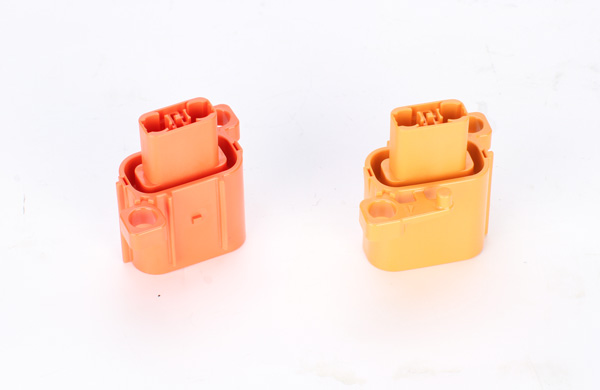In the field of plastic injection molding, product discoloration is undoubtedly a tricky and urgent problem to solve. It not only affects the aesthetics of the product but may also compromise its performance and quality. This article aims to delve into the multiple factors that cause discoloration in injection-molded products, providing references and insights for industry colleagues.
Overview
The discoloration phenomenon during plastic injection molding often stems from the combined effects of multiple stages. From the injection molding machine, the mold, to the molding process, and even the raw material itself, each link can potentially trigger discoloration. Next, we will analyze these four aspects one by one.
I. Injection Molding Machine Factors
Inadequate Cleaning: Dust or other impurities accumulated in the feed throat of the injection molding machine can directly contaminate the raw material, leading to product discoloration.
Temperature Control System Malfunction: Faults in the thermocouple, temperature controller, or heating system can result in uncontrolled temperature, affecting the melting state of the plastic and causing discoloration.
Obstructions in the Barrel: Uncleaned obstacles in the barrel can easily cause plastic degradation, resulting in color changes.
II. Injection Mold Factors
Poor Ventilation: Inadequate or blocked mold ventilation design can lead to intense reactions between the plastic and oxygen under high temperature and pressure, causing burn marks and discoloration.
Gate Design Issues: A gate that is too small can increase the resistance as the plastic flows through, causing localized overheating and discoloration.
Excessive Lubricants: Too much lubricant or mold release agent in the material or mold can also lead to abnormal surface colors of the plastic.

III. Molding Process Factors
Screw Speed and Back Pressure: Excessive screw speed or high back pressure can prolong the residence time of the plastic in the barrel, increasing the risk of degradation and resulting in discoloration.
Excessive Temperatures: High barrel and nozzle temperatures can accelerate the thermal decomposition of the plastic, causing color changes.
Inappropriate Injection Parameters: Excessive injection pressure, prolonged injection time, or fast injection speed can subject the plastic to excessive shear in the mold, leading to discoloration.
IV. Raw Material Factors
Material Contamination: Contamination of the raw material during storage or transportation can directly affect the final product's color.
Moisture and Volatiles: High moisture and volatile content in the raw material can generate gas at high temperatures, resulting in spots or discoloration on the plastic surface.
Additive Decomposition: Colorants, additives, and other components may decompose at high temperatures, producing new color substances that cause product discoloration.
Summary
In summary, the discoloration issue in plastic injection molding is a complex and multifaceted challenge that involves the injection molding machine, mold, molding process, and raw materials. To effectively prevent and solve this problem, it is necessary to start from the source, strengthen equipment maintenance, optimize mold design, finely control molding parameters, and strictly control raw material quality. Only in this way can the color stability of injection-molded products be ensured, enhancing the overall product quality and market competitiveness.